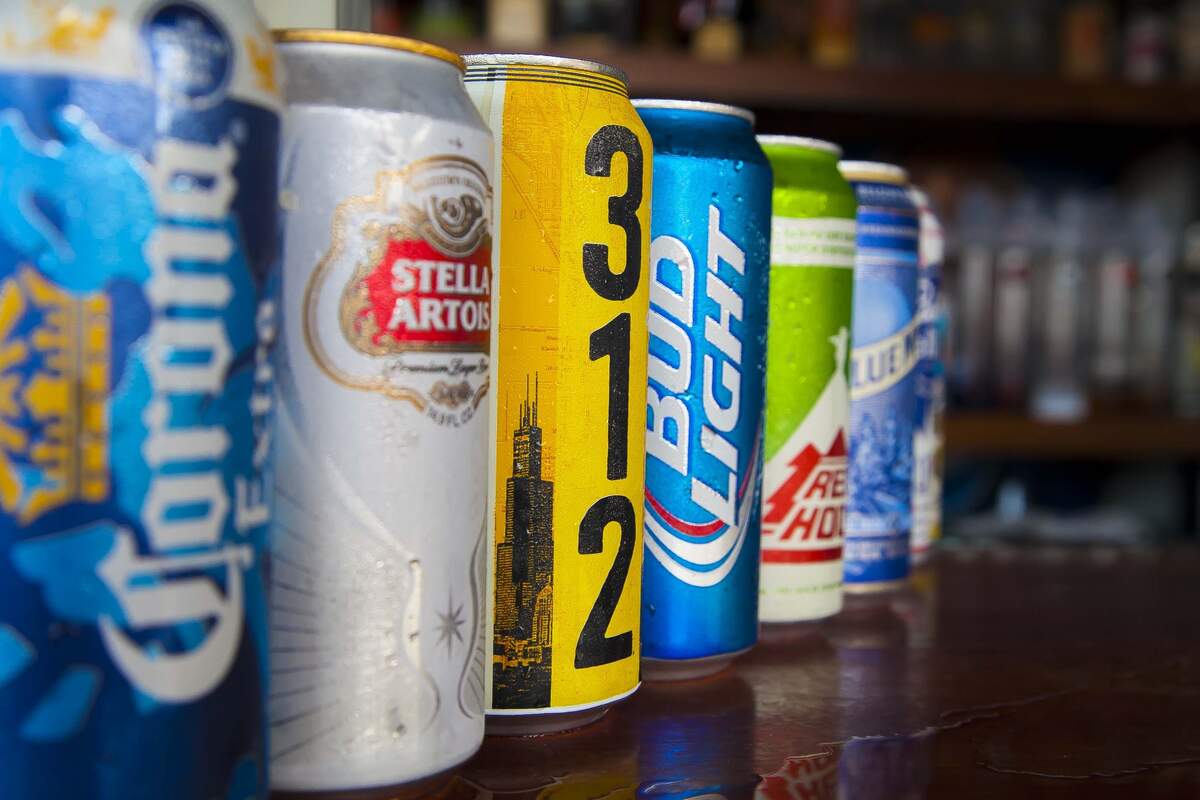

International Beer Day
Observed
annually on August 5th (2008 to 2012)
the first Friday in August (since 2013)
Dates
Founded by
Jesse Avshalomov in 2007
Tags
Drugs & Alcohol
Food & Drink
Hashtags
Sources
International Beer Day is for enjoying beer, for uniting the world by celebrating the beer of all nations and cultures, and for celebrating the brewers and bartenders who make and serve the beer. The day is observed at bars, breweries, backyard barbecues, and anywhere beer can be found. Taking place on the first Friday in August, International Beer Day was created in 2007 by Jesse Avshalomov and was first celebrated the following year. It was originally celebrated on August 5 each year but began being celebrated on the first Friday of August beginning in 2013. August was chosen as the month for the holiday because it is in the summer and is not near many other beer holidays. It began as a small, localized event, and has since spread around the world, with over 200 cities formally participating in events.
Beer making can be traced to about 6,000 years ago in ancient Sumeria. At the time beer was cloudy because of lack of filtering, and it was drunk through a straw. By 2000 BCE, the Babylonians were brewing 20 types of beer. The Egyptians, Greeks, and Romans made beer, although wine became much more popular with the Romans. They considered beer to be the drink of the Barbarians; beer was only popular on the edges of the Empire. Germanic groups were brewing beer by 800 BCE.
Because of contamination, beer was a much safer drink than water during the Middle Ages; it was drunk by people of all ages from all classes. The Catholic Church even got involved with brewing beer, and abbeys were testing grounds for improvements in brewing. Beginning in the ninth century, in Germany, hops began being introduced, standards were set up for beer, and it began being mass-brewed. The 1516 Beer Purity Law—Reinheitsgebot—said a certain level of quality must be met for German beer. All beer could only be made with water, hops, malted barley, malted wheat, and yeast.
In the 1800s, Louis Pasteur discovered the role of yeast in the fermentation process, as well as pasteurization. Soon came along automatic bottling, commercial refrigeration, and railroads. All of these advancements allowed beer to be more easily produced and distributed. By 1880, there were 3,200 breweries in the United States. Prohibition closed them, but today there are almost as many breweries as there were in 1880, aided in part by the rise in the number of small craft breweries.
How to Observe International Beer Day
The day should be spent enjoying beer, particularly from various cultures and countries, and by celebrating those who brew and serve beer. There are many brands of beer you could try, from many different breweries. Perhaps you could sample a handful of beers from different countries. You could visit a brewery and have a beer flight, or go to a bar and buy a friend a beer. Make sure you show your gratitude for those who brew and serve beer today, by leaving generous tips at any breweries or bars you visit. Check for specials, all-day happy hours, and events at local establishments, such as the tapping of new or rare beers. You could also do some homebrewing, or invite over some friends to sample some beers.





















